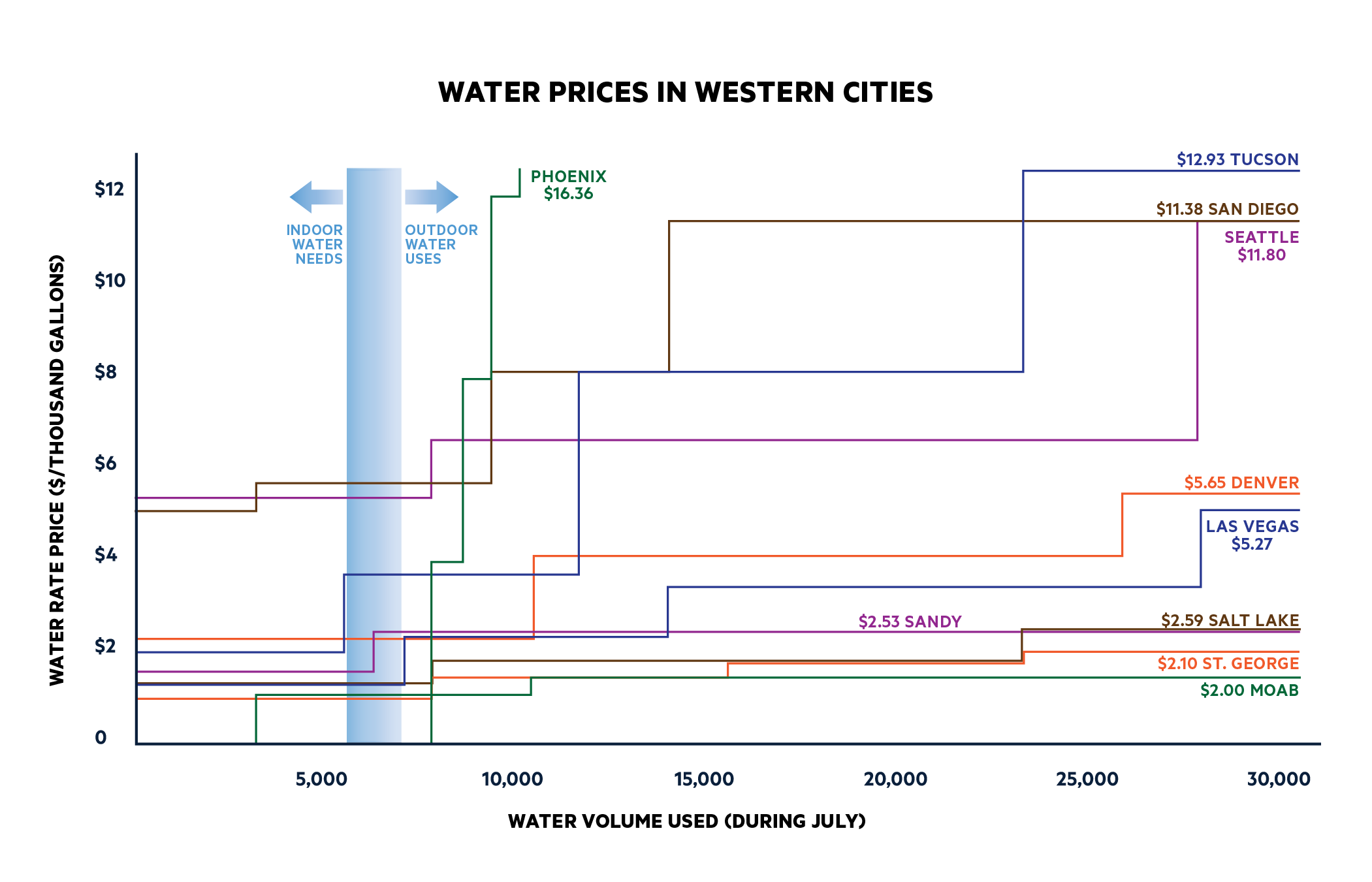
Humans intentionally drained this lake over a century ago!
https://en.wikipedia.org/wiki/Tulare_Lake
Tulare Lake (/tʊˈlɛəri/ (![]() listen)) (Yokuts: Pah-áh-su, Pah-áh-sē) is a freshwater dry lake with residual wetlands and marshes in the southern San Joaquin Valley, California, United States. Tulare Lake was once the largest freshwater lake west of the Mississippi River, and the second-largest freshwater lake entirely in the United States based upon surface area. For thousands of years, from the Paleolithic onwards, Tulare Lake was a uniquely rich area which supported perhaps the largest population of Native Americans north of Mexico.[1]
Tulare Lake dried up (intentionally) after its tributary rivers were diverted for agricultural irrigation and municipal water uses.
listen)) (Yokuts: Pah-áh-su, Pah-áh-sē) is a freshwater dry lake with residual wetlands and marshes in the southern San Joaquin Valley, California, United States. Tulare Lake was once the largest freshwater lake west of the Mississippi River, and the second-largest freshwater lake entirely in the United States based upon surface area. For thousands of years, from the Paleolithic onwards, Tulare Lake was a uniquely rich area which supported perhaps the largest population of Native Americans north of Mexico.[1]
Tulare Lake dried up (intentionally) after its tributary rivers were diverted for agricultural irrigation and municipal water uses.

Tulare Lake as it would appear in California today.
Aerial view of the flooded lakebed of Tulare as it appeared in 1983[21]
In 1938 and 1955, the lake flooded, which prompted the construction of the Terminus and Success Dams on the Kaweah and Tule Rivers in Tulare County and Pine Flat Dam on the Kings River in Fresno County.[20] Although now dry, the lake occasionally reappears during floods following unusually high levels of rainfall or snow melt, as it did in 1969, 1983,[20] 1997 and 2023.[22][23][24]
Yoimut, who spent a significant portion of her life on the lake, warned ethnographer Frank F. Latta that the lake would return.[1]
In 2023, the communities of Alpaugh and Allensworth were evacuated due to concerns that they might become flooded.[22] Alpaugh was formerly on the site of Chawlowin, a Wowol Yokuts village, which sat on an island in Tulare Lake.[1]
The result is a brutal irony. Draining Tulare Lake made it possible for the agricultural industry to thrive in the southern Central Valley, but that same industry has made the region more vulnerable than ever as the lake returns.
https://grist.org/extreme-weather/climate-change-supercharging-floods-megadrought-satellite-study/
++++++++++++
The atmosphere can hold 7% more moisture with an increase of +1 Deg. C. So heavier rain events are supported by the meteorology.
However the authentic science tells us that droughts increase from global cooling, not global warming.
This article/study above is mostly biased/corrupted science.
US Climate Is Getting LessExtreme, Not More
22 responses |
Started by metmike - Jan. 13, 2023, 12:37 p.m.
Greatest flood in the last 200 years along the West Coast/California.....1862, 161 years ago:
https://wattsupwiththat.com/2023/04/01/the-great-salt-lake-losing-its-greatness/

Too many people using the water!


https://www.wcc.nrcs.usda.gov/ftpref/data/water/wcs/gis/maps/west_swepctnormal_update.pdf

https://www.marketforum.com/forum/topic/83844/#83853
++++++++++++++++++++++++++
And how can we fix it?
https://www.utahbusiness.com/what-to-do-about-the-great-salt-lake-drying-up/
The Great Salt Lake is drying up, harming global ecosystems, diminishing Utah’s quality of life, and threatening human health. Toxic dust storms are now whipping up lakebed dust containing dangerous levels of cancer-causing arsenic and carrying it across the Wasatch Front.
Here’s the kicker: there is plenty of water available in the lake’s watershed to not only cover this toxic dust but to actually save the Great Salt Lake from drying up. But doing this requires letting river water flow into the lake without diverting it.


Even if major conservation efforts are made across the state, the Great Salt Lake will still be doomed if the state pulls the trigger on the $2.4 billion Bear River project, which would create as many as 30 reservoirs that siphon off 220,000 acre-feet of water to serve five water conservation districts, says Lynn de Freitas, director of the FRIENDS of Great Salt Lake, a nonprofit that has been trying to protect the lake for 20-plus years. The lake gets the lion’s share of its water from the Bear River.